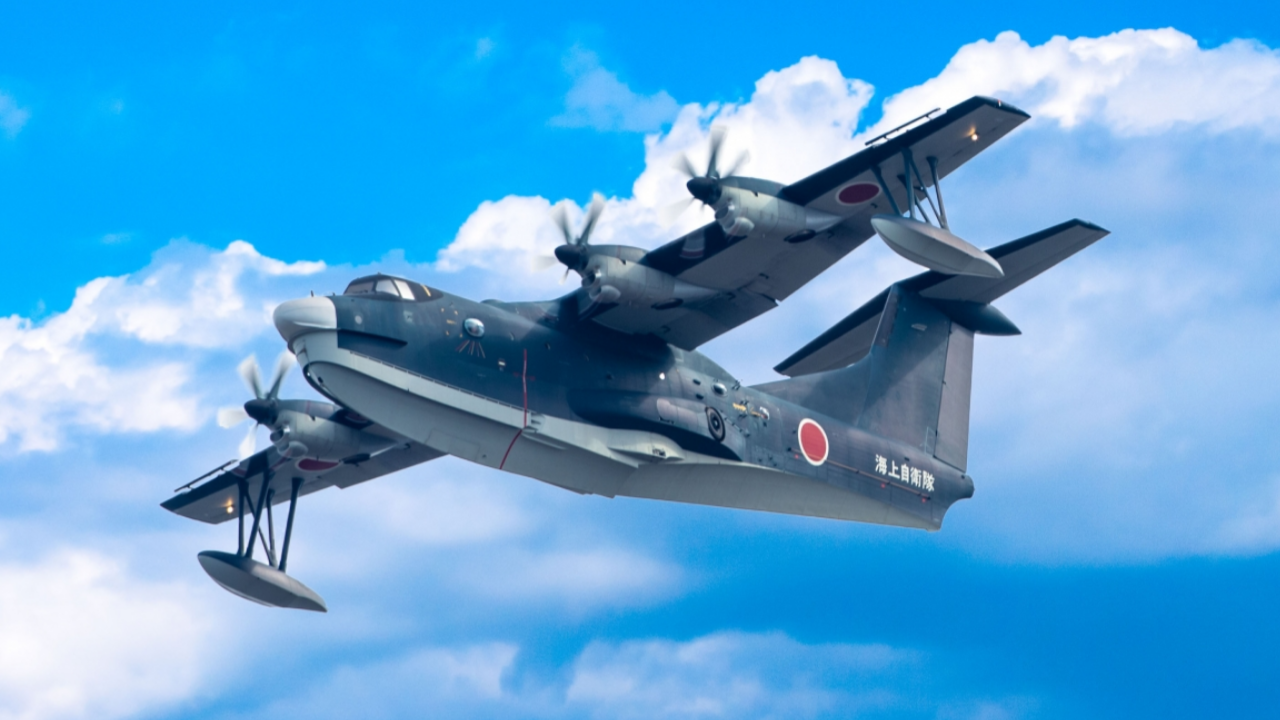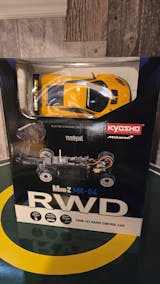The ShinMaywa US-2 is a standout in amphibious aviation—a large Japanese short take-off and landing (STOL) flying boat developed for air-sea rescue operations. Manufactured by ShinMaywa Industries, it draws on decades of maritime rescue heritage and serves with distinction in the Japan Maritime Self-Defense Force as a symbol of reliability and innovation.
Design and Development

During the 1990s, ShinMaywa began upgrading its US-1A fleets to a modern amphibian design. The US-2 features a pressurized hull, powerful Rolls-Royce AE 2100 turboprops, and boundary layer control for exceptional STOL capability. It can land in waves up to three metres high, showcasing Japan’s engineering excellence and maritime expertise.
Operational History

In Japanese service, the US-2 replaced the ageing US-1A fleet and now operates with the 71st Flight Squadron at Iwakuni and Atsugi bases. By the late 2010s, several units had been delivered, fulfilling critical roles in search-and-rescue operations, medical evacuations, and disaster relief missions across Japan’s coastal regions.
Export and Global Prospects

Beyond Japan, the US-2 has attracted strong international interest, particularly from nations with vast coastlines and island territories. Countries such as India, Indonesia, and Thailand have expressed intent to procure or collaborate in production, recognizing the aircraft’s unique ability to operate in harsh sea conditions and remote areas.
Technical Specifications

General characteristics include a crew of eleven, length of 33.46 m, wingspan of 33.15 m, and an empty weight of about 25,630 kg. Its maximum take-off weight is around 47,700 kg. The aircraft achieves a top speed of approximately 560 km/h and an impressive range of 4,700 km with a water take-off distance of just 280 m.
Model Kit Inspiration

For model kit enthusiasts, the ShinMaywa US-2 offers a captivating subject with its striking hull design and operational elegance. Its unique combination of functionality and form makes it an excellent addition to aviation collections, capturing the spirit of Japanese engineering and the heroism of maritime rescue missions.















